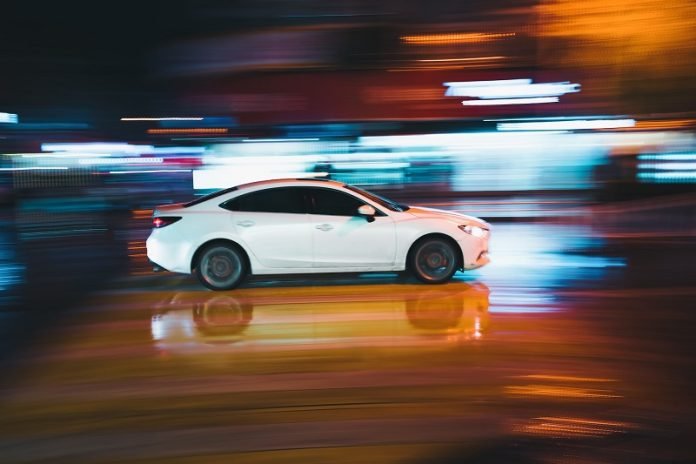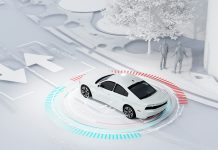
Have you ever thought about how the future roads will look when most cars drive themselves?
Well, scientists have been doing some serious thinking about it, and they’ve found something interesting.
While self-driving cars are super safe, they might actually make our traffic slower at places like traffic lights unless they can “talk” to each other.
Let’s break it down. There are a couple of cool, futuristic cars we need to know about:
Human-Driven Vehicles (HVs): These are the regular cars that we drive.
Connected Vehicles (CVs): These cars are driven by people, but they have a special feature. They can share information with other cars and with the systems that control traffic lights.
Automated Vehicles (AVs): These cars drive themselves but don’t communicate with other cars or traffic systems.
Connected Automated Vehicles (CAVs): These are the superstar cars. They drive themselves AND can “talk” to other cars and traffic systems.
Now, here’s the scoop. AVs, the ones that drive themselves, are very careful. They’re programmed to be super safe and avoid any chance of a crash.
This means they’re a bit slow and cautious, especially when they approach traffic lights or busy intersections.
On the other hand, CVs and CAVs have a secret weapon. They know what’s coming up ahead, like if a traffic light is about to turn red.
Because they can “talk” to other cars and traffic systems, they can adjust their speed just right, so they don’t have to stop suddenly. This smooth driving helps traffic flow much faster.
Professor Ali Hajbabaie and his team at North Carolina State University decided to test out how these different cars affect traffic.
They used a computer program to pretend they had roads full of these different cars. They ran the program 57 times, changing the mix of cars each time, to see which combination made traffic move the fastest.
Their discovery?
The more CVs and CAVs on the road, the better! When these “talking” cars were in the majority, traffic flowed quickly, and fewer cars had to wait at red lights.
But when there were more AVs, the ones that didn’t communicate, traffic became slower. Even though AVs are safer, their super cautious driving made everyone wait longer at traffic lights.
So, what’s the lesson here? Self-driving cars are the future, no doubt. They can make our roads safer. But if we really want to avoid those annoying traffic jams, we need cars that can “chat” with each other and with the traffic systems.
It’s like when we use our phones to check traffic updates before heading out; it’s always smoother when we know what’s ahead!
But remember, these tests were done on a computer. Doing it in real life with real cars and real people is a different challenge. It’s also more expensive and can be risky. However, it’s great to know this information now so we can plan better for our future roads.
The findings of this study were published in a big-time traffic research journal, which means it’s something we should definitely pay attention to!
The study was published in Transportation Research Record: Journal of the Transportation Research Board.
Follow us on Twitter for more articles about this topic.
Source: North Carolina State University.



